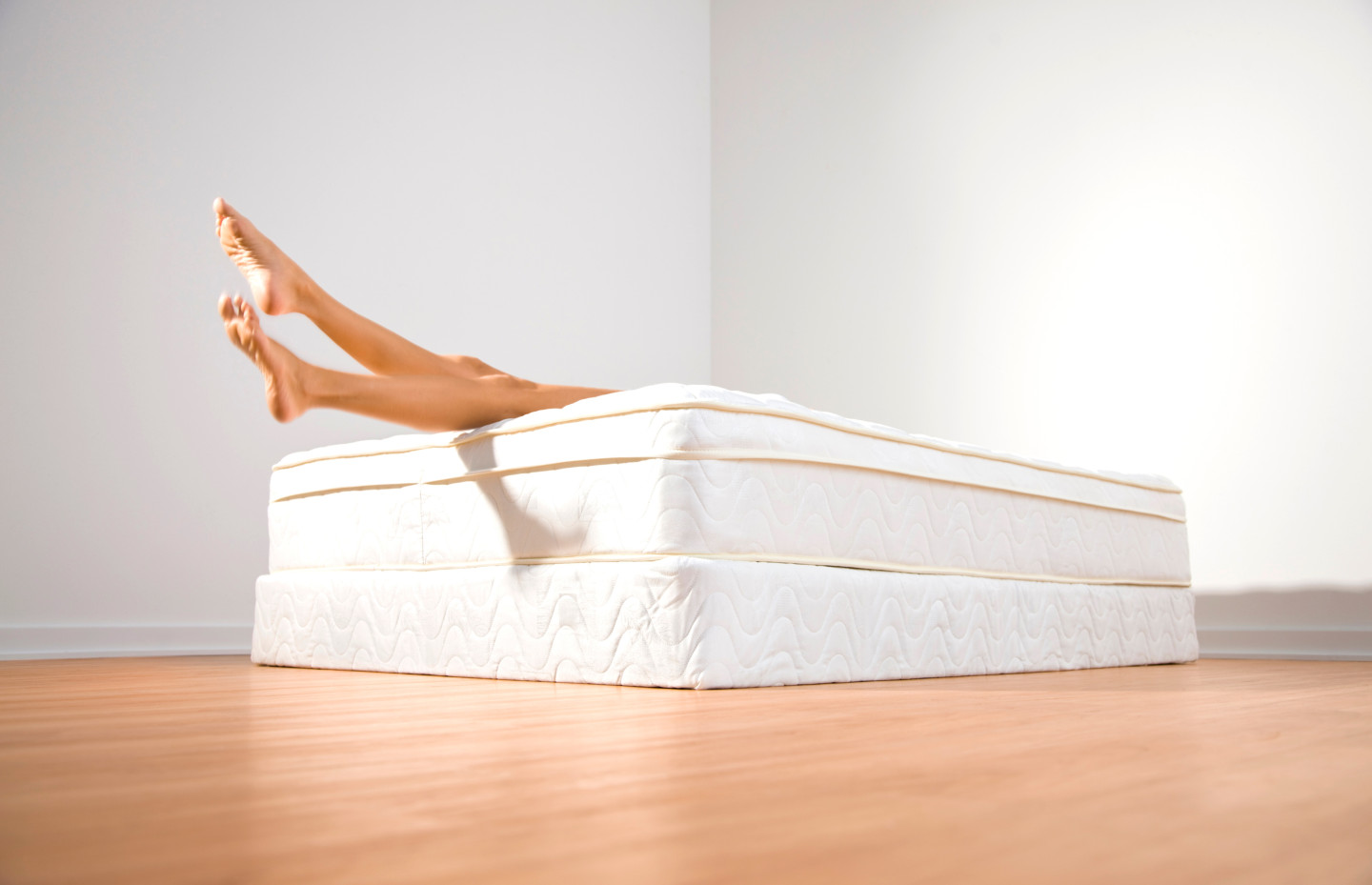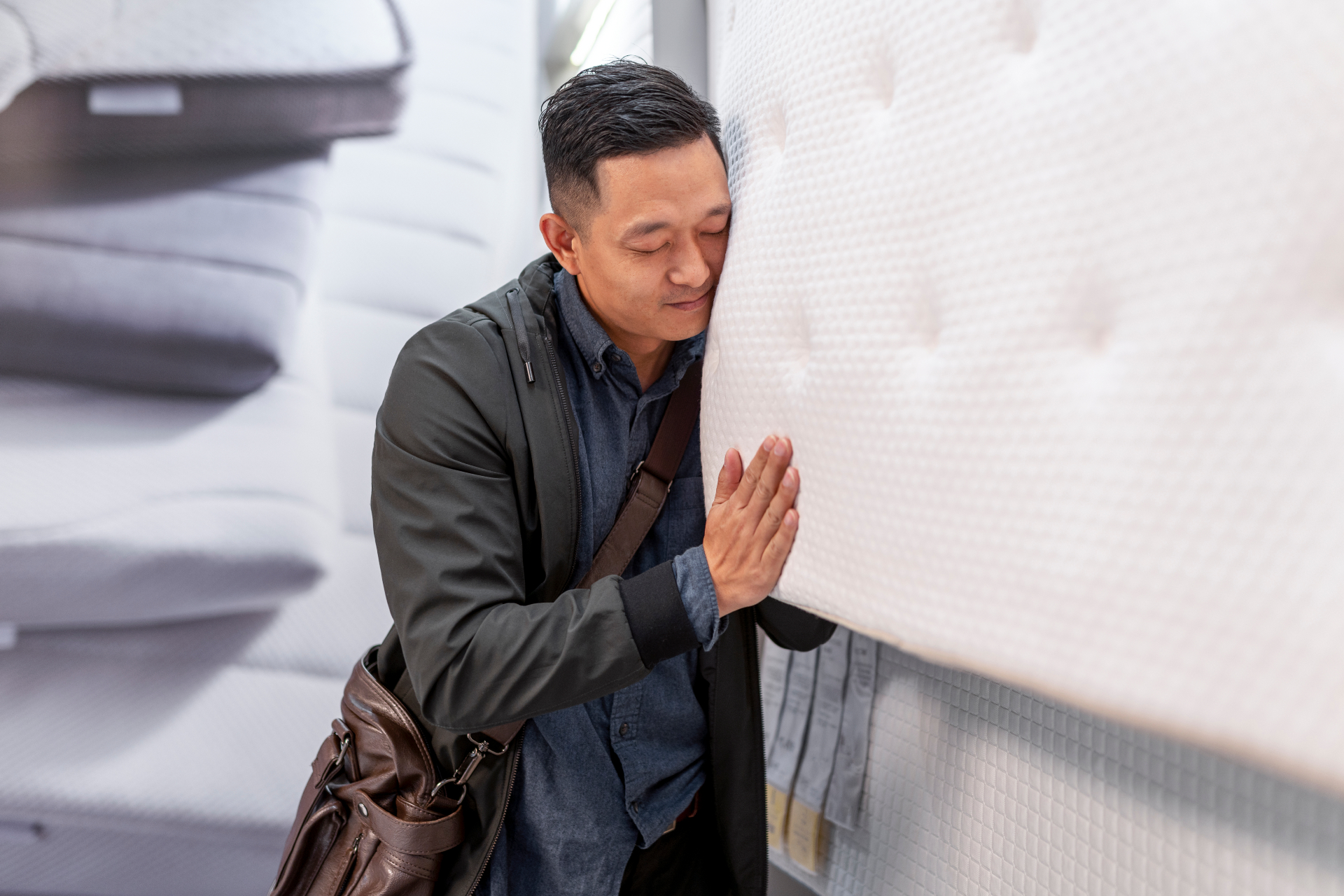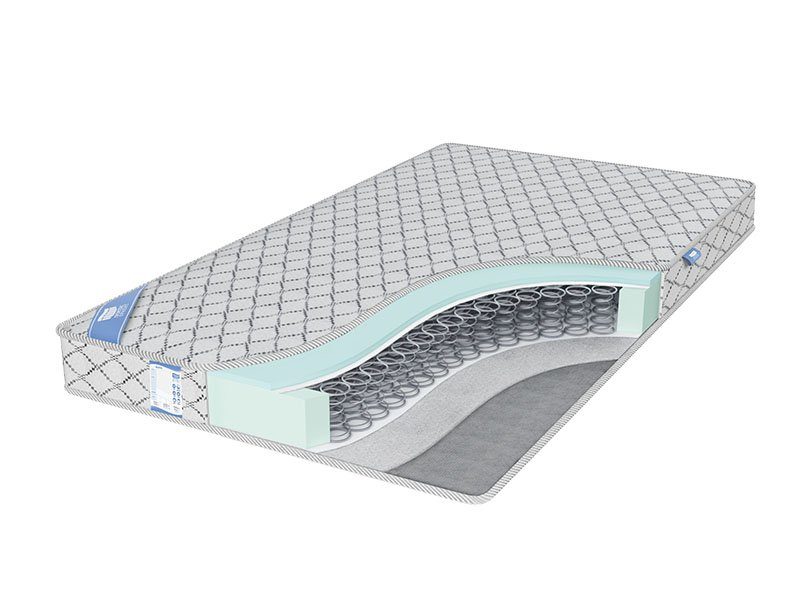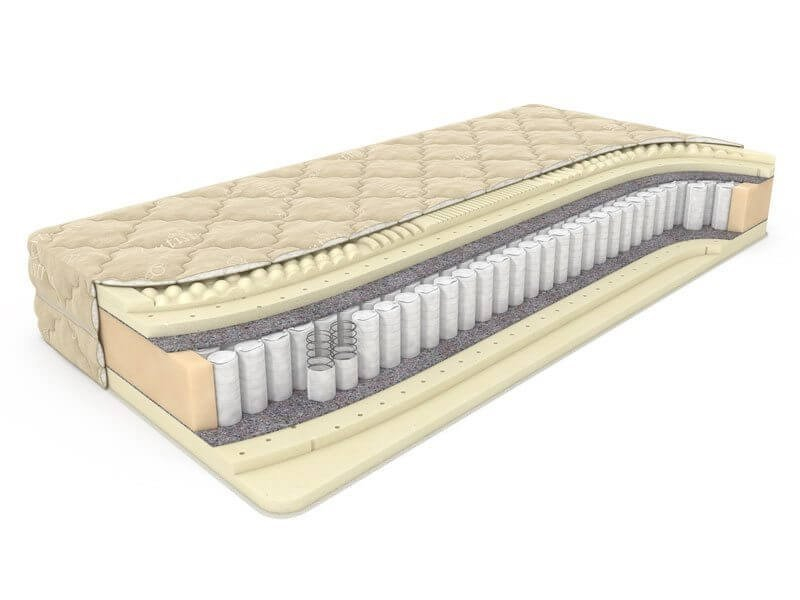

Gosha Semenov,
CEO of the Blue Sleep store, mattress expert
- general information
- Orthopedic mattresses
- Type of mattress
- Filler
- Rigidity
- Price
- How to care
Why the right mattress is important
A person spends a third of his life sleeping, and no matter how we try to reduce this period, getting enough sleep is extremely important. After all, it is during sleep that the body recovers, produces important hormones, and even analyzes and sorts the memories accumulated during the day. Accordingly, if you do not get enough sleep for a long time, this can lead to unpleasant consequences. According to doctors, it's not just about mild nervousness or decreased concentration and attention: some scientists associate sleep deprivation with an increased risk of Alzheimer's disease and the development of atherosclerosis.
To get a good night's sleep, it is important for a person to maintain sleep hygiene: go to bed and get up at the same time, sleep in a quiet, dark and cool room, and do not use gadgets with bright screens 2-3 hours before bedtime. However, if you seem to meet all of these requirements but still wake up tired or with back pain, the problem may be with your mattress.
A 2009 study found that buying a new mattress significantly improves sleep quality, helps reduce back pain and even reduces stress levels. And this despite the fact that the study participants did not complain about lack of sleep or health and before the experiment they slept on good quality mattresses – albeit quite old ones. So if getting 8 hours of sleep doesn't make you feel better, you might need to change your sleeping position.
How to know when it's time to buy a new mattress
The age of your current mattress plays a big role. Most experts agree that if you've been sleeping on the same mattress for more than 8 years, it's time to change it. However, this rule does not apply to all mattresses – for example, springless models made of artificial materials need to be changed more often, and if independent springs are used in the design, the service life increases.
Therefore, the most important indicator is the quality of your sleep. If you spend the whole night tossing and turning to find a comfortable position, and in the morning you systematically wake up with stiff muscles and fatigue, the problem is most likely in the mattress. It may not be firm or soft enough, or may not provide the right back support. If you choose a more suitable model, these problems will disappear.
What is an orthopedic mattress
Most often, the word “orthopedic” in the description is just marketing. Mattresses are not intended for the treatment of diseases, which means, according to the Federal Law “On Advertising” dated October 1, 2015, only those mattresses that are recognized as medical products can be called orthopedic. They have a certificate from the Federal Service for Supervision of Health and Social Development of the European Federation.
In general, unless you have serious back problems that need to be corrected under the supervision of a doctor, you do not need a special orthopedic mattress. What marketers call an orthopedic mattress is quite suitable: a mattress that supports the spine in a natural position during sleep, which means it helps reduce the load on it and improve blood circulation. This effect is achieved thanks to springs or special fillers.

How to choose a mattress: a reminder
If you want to avoid experiencing back problems in the future, then when choosing a mattress you need to focus on the following parameters:
- Kind. Today, spring and springless options are the most common. There are also inflatable ones (but they do not provide sufficient support for the spine, so you shouldn’t sleep on them regularly) and water ones (very expensive and quite rare in Europe).
- Filler. There are actually not many options – we will look at them in one of the following sections.
- Rigidity. Varies depending on the age and weight of the person.
The best option is not just to lie down on a mattress you like in a store, but to sleep on it for several nights, or better yet, for about a month. This way you will evaluate all the pros and cons. Therefore, if possible, choose mattresses from those manufacturers that offer a test period.
Type of mattress: with or without springs
First, let's look at what types of mattresses are most often found in Europe.
Spring mattresses come in two types: with dependent and independent spring blocks. Mattresses with dependent spring blocks (they are also called “Bonnel”) are familiar to many – they have springs connected to each other. If you press on one, all the others will move. Today, such mattresses are considered obsolete: the canvas is short-lived, over time it deforms and bends, which is harmful to the back. Springs can break and pierce the upholstery. In general, the only advantage of such a mattress is the price: models in this category can be found for 5 thousand rubles.
Mattresses with independent spring blocks – a more modern and common option. Each spring in such a mattress is in a separate fabric cover, so, most likely, it will not damage the mattress or stick into your back. The independence of the springs allows you to adapt to the contours of the body as well as possible. For example, if you lie on your side, the springs under your shoulder and hip will be pushed down a little more than those around your waist and knees, which will keep your spine straight. One mattress can have up to 1 thousand springs per 1 square meter. m – the more there are, the better the mattress supports the spine and adapts to you.
Mattresses with independent springs also have disadvantages: they are usually quite heavy and bulky, and they cannot be folded, so they are not easy to transport. And the springs may begin to creak over time.

Springless mattresses support the body due to the filler. High-quality modern options, for example with a layer of memory foam, provide the most correct support for the spine. In addition, they are thinner than spring mattresses and can be rolled up, which means they are more convenient to transport from place to place. The disadvantages are usually associated with the chosen filler. Most often, in springless mattresses, coconut coir is responsible for hardness, and latex or polyurethane foam is responsible for back support.
Which mattress filler to choose
There are many types of fillers, and almost all of them are used in both spring and springless mattresses. Most often there is a combination of several materials, due to which the rigidity varies.
Latex. Provides good support for the spine as it easily adapts to the contours of the body. In addition, there are no dust mites in the latex layer. And thanks to the porous structure of the material, the mattress is well ventilated and does not retain moisture. Latex can easily withstand heavy weight and is comfortable for those with back pain. Its disadvantage is low wear resistance: after some time, the material stops returning to its original shape, and depressions can form on the surface. In addition, some complain that latex mattresses are hot to sleep on.

Polyurethane foam, aka foam rubber. We are not talking about thin yellow foam rubber: quality mattresses use more modern material. It is elastic, resilient, follows the shape of the body and in thick springless mattresses supports the spine well. Plus it's an inexpensive option. Of the minuses: polyurethane foam mattresses actively absorb moisture and odors, and they are not easy to clean.
Choir. This natural material is made from pressed…
